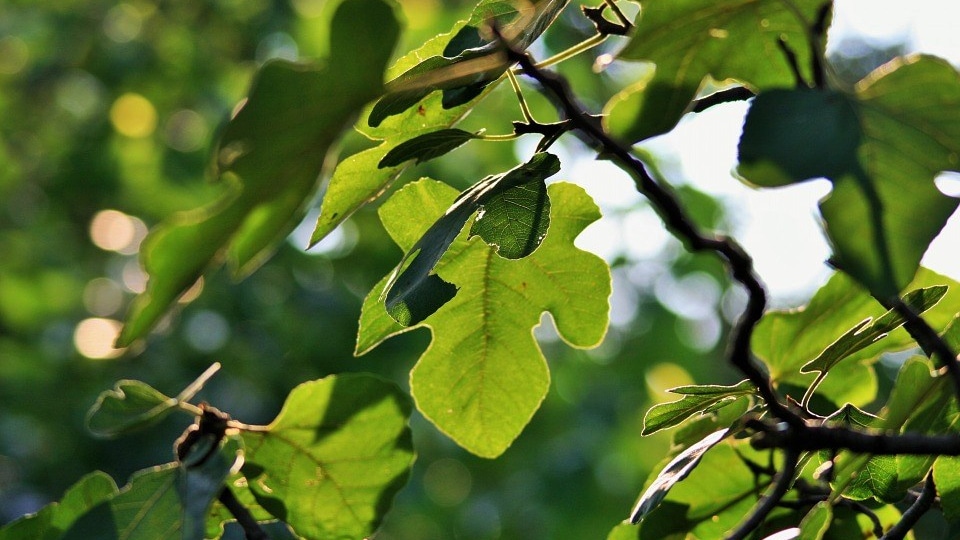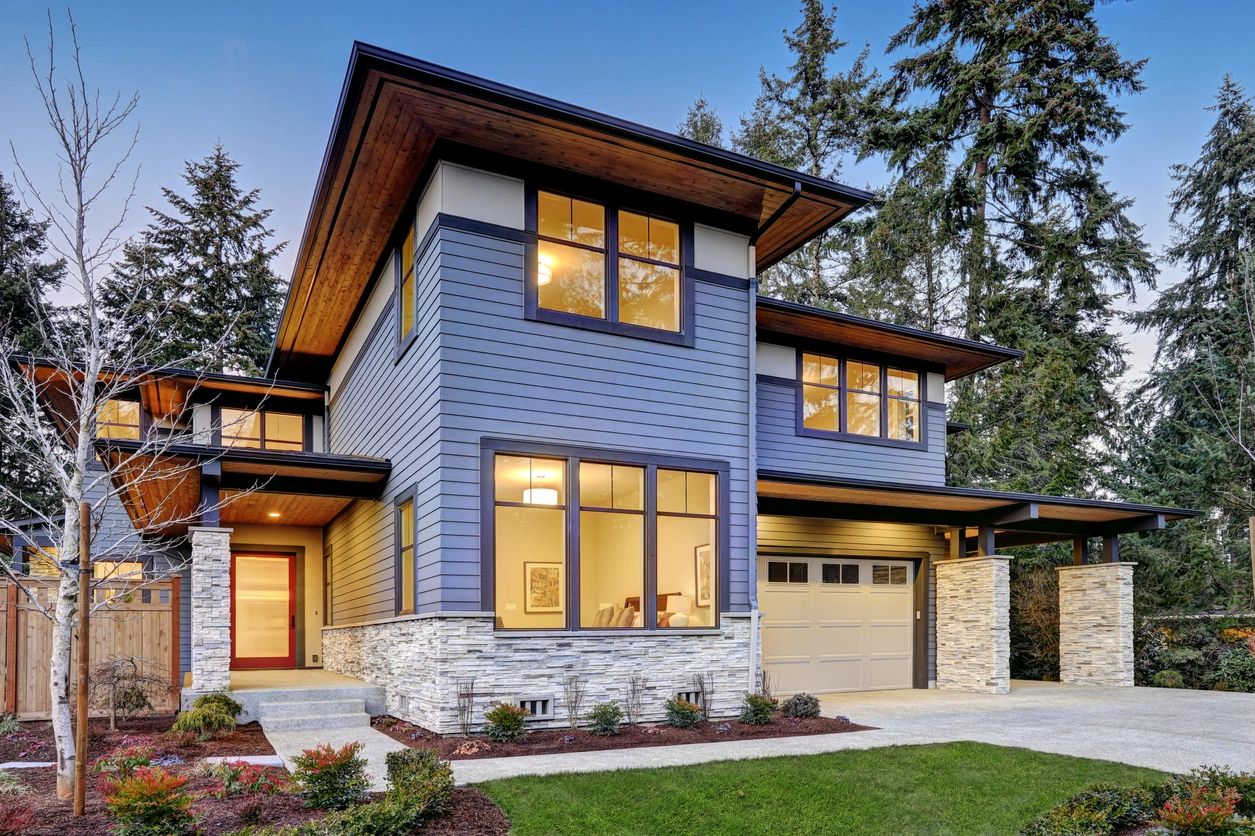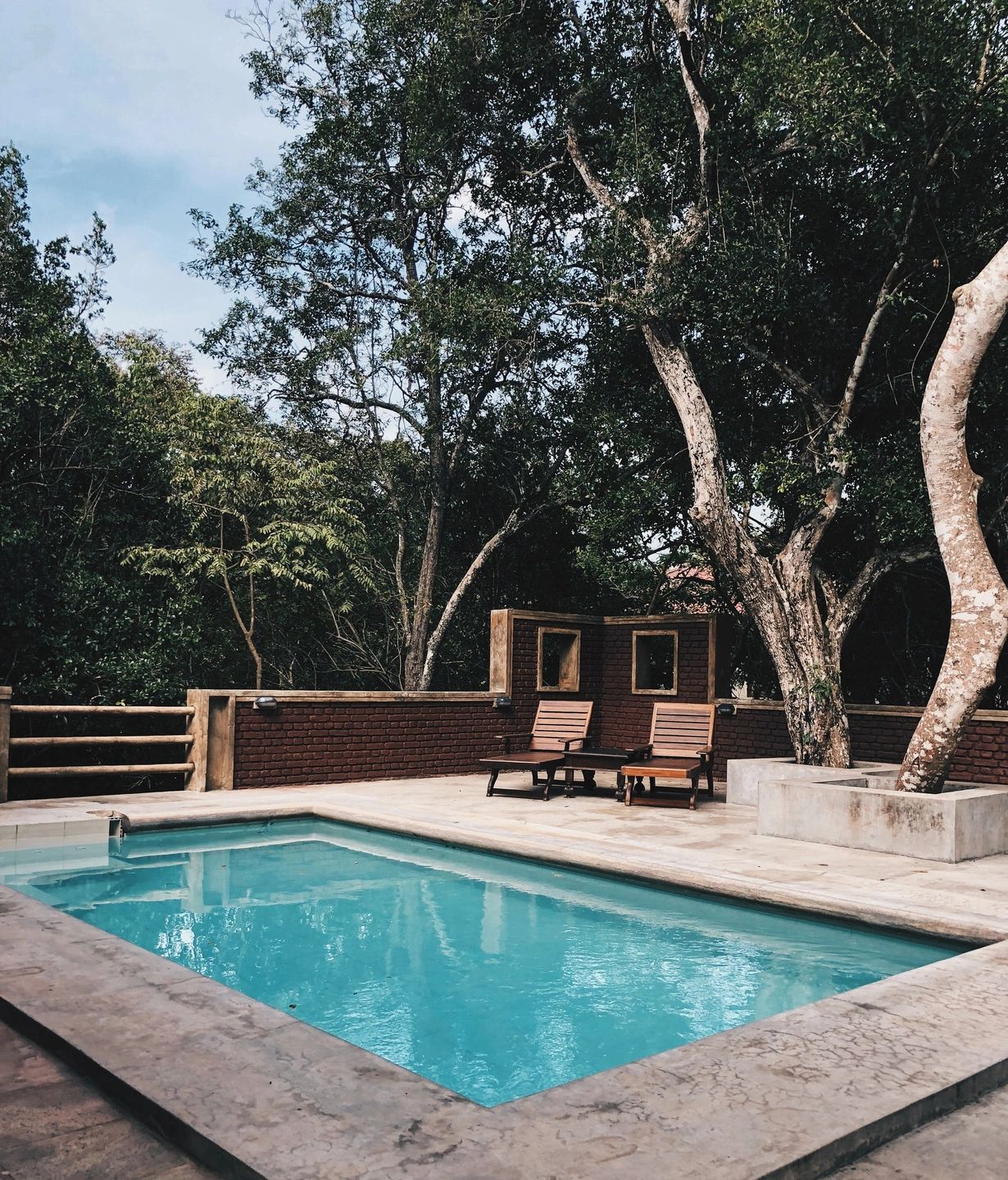Contents
Most property owners have encountered a neighbour with overgrown trees, shadowing their property or impairing their views. Ideally a quick, friendly chat with the neighbour leads to the errant tree being pruned back to an acceptable state. Unfortunately, most of us don’t inhabit the ideal world and overgrown trees are a common source of neighbourhood dispute.
Over a decade ago, legislation was introduced in NSW that allowed neighbours to seek assistance from the Courts to resolve tree disputes. Initially the Court only had power to consider matters where trees were likely to cause damage or injury. In 2010 the legislation was expanded to provide that relief may be granted for obstruction to views and sunlight to the windows of a property.
The Land and Environment Court handed down a decision in the matter of Rees & Anor v Chen [2017] NSWLEC 1502 (“Rees case”) where relief was sought under the Trees (Disputes Between Neighbours) Act 2006 for obstruction to views and sunlight.
This decision illustrates how the operation of this legislation can make it incredibly tough to obtain Court orders requiring your neighbour to maintain trees so they don’t unduly impact your property. We outline below some of the hurdles that must be overcome.
Trees must form a hedge
To be eligible for relief under the Act you must show that the trees in question qualify as a hedge. This means there must be 2 or more trees planted so as to form a hedge and they must rise to a height of at least 2.5 metres above ground level. This criteria was satisfied in the Rees case.
Obstruction to views or sunlight must be severe
The Court must then find that the obstruction to views or sunlight is severe. This is a high bar and will not be satisfied merely by proving that there is an obstruction.
In the Rees case, Commissioner Fakes’ judgment indicated that:
-
the obstruction must be to direct sunlight rather than daylight. This means that for relief to be obtained it must be shown that the windows previously had direct sunlight and are now severely impacted. To prove this impact may require engagement of a professional to prepare shadow diagrams. This is an additional cost that may still not result in a favourable outcome.
-
previous Court authority regarding view sharing is relevant to applications seeking relief for trees obstructing views. This means that it Is necessary to consider the nature of the view. Higher regard will be had to views of iconic, structures, water, land/water interface or district views. It is also necessary to consider where the view is seen from and the rooms affected. Views across side boundaries and those from bedrooms/services are considered less significant than views over front and rear boundaries and from living areas.
Obstruction is assessed at the time of the hearing
The Rees case also reiterates that the time of assessing the obstruction is at the time of the hearing. This means that you could properly prepare an application, go to the expense of obtaining evidence and then fail at the final turn because your neighbour has trimmed the trees the day before the hearing.
You can’t obtain relief if the trees were there when you purchased
Finally the Rees case also provides that you will not be able to obtain relief when the trees the subject of the complaint were already there, and obstructing the view or sunlight, when you purchased the property.




